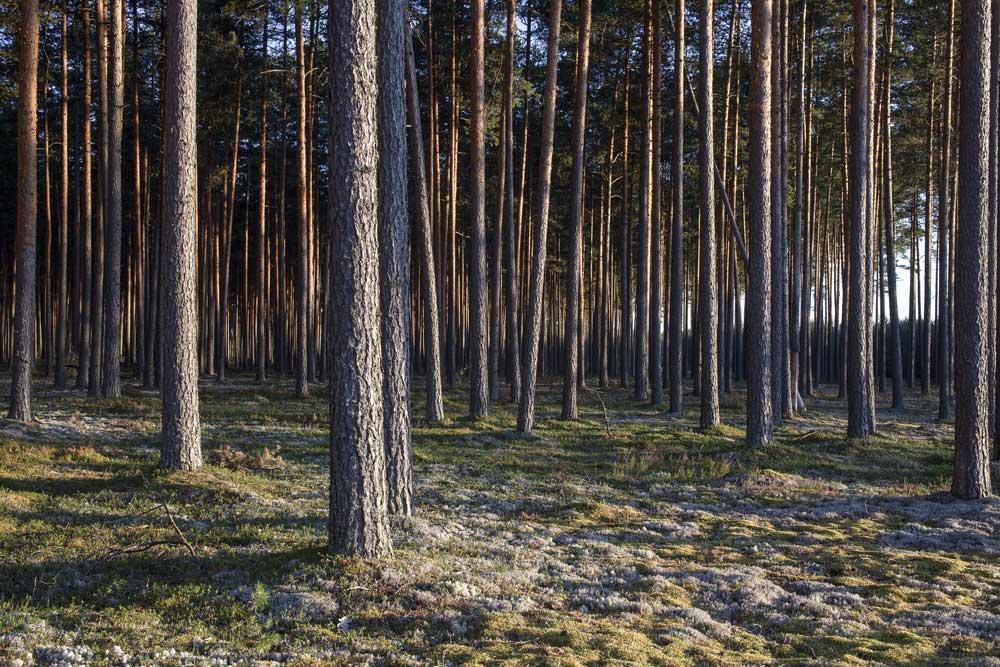
Contributors: Richard Leslie
Date published: 6 April 2020
Carbon offsetting: opportunities for rural clients
Today, climate change and the battle against the warming of our planet is never far from the news. Governments and local authorities across the world, at all levels, are setting ambitious targets to be carbon neutral within the next few decades. With this in mind, we must consider the opportunities and challenges rural clients and landowners face in dealing with climate change and how best to address them.
To be “carbon neutral”, a business or individual, in the course of their operations, must emit no net carbon dioxide into the atmosphere. This may be achieved by either reducing the avoidable carbon emissions they release, or by carbon offsetting, or a combination of the two.
Carbon offsetting involves compensating for the carbon emissions you produce by “banking” carbon elsewhere. It recognises that some carbon emissions by businesses and individuals are unavoidable, and that instead carbon emissions reduction is achieved by engaging in activities and schemes designed to reduce carbon dioxide in the atmosphere.
Carbon offsetting offerings can provide rural landowners with unique opportunities. The most popular forms of carbon offsetting are planting trees and investing in peatlands restoration.
Carbon offsetting through tree planting
This is by far the most popular way for individuals and companies to offset their carbon footprint. Trees absorb carbon dioxide, and investing in tree planting can offer businesses and individuals carbon credit to offset against their emissions. Companies and individuals pay landowners to plant and manage trees that will offset the carbon dioxide emitted in the course of their operations. There are many forestry grant schemes available from the Scottish and UK Governments for land-owning clients who may wish to plant trees. These grant schemes will often come with conditions that landowners must not fell these trees for a certain period of time or face repaying the grant money.
An increasing number of organisations are offering opportunities for landowners to accept cash for carbon offsetting in return for managing trees. The upside is the value released from non-commercial or amenity woodland. The downside is the possible sterilisation of land as it must be kept in tree cover and there is restriction on harvesting.
Peatlands restoration
In a drive by charities and governments to mitigate the effects of climate change, peatlands restoration is becoming a more popular way of offsetting carbon footprints. Restoration of peatlands is often cheaper and easier than tree planting. The Scottish Government has launched a new scheme offering grants to landowners to help restore peatlands on their land. At present there are no known schemes or programmes in which landowners receive money from businesses to restore peatlands, in the same way they do for tree planting services. Owners of peatlands could see some financial benefit in restoring their peatlands for this purpose.
This area continues to develop as more people and companies act in the battle against climate change and the desire to become carbon neutral.
Land in Scotland is of course a finite resource and therefore in future landowners may be able to find a mutual advantage by allowing those wishing to offset their carbon footprint to make use of their land for this purpose.
Contributors:
Richard Leslie
Partner
To find out more contact us here













